3D Printing to Save Critters is Becoming North Carolina State’s M.O.
Life can be tough for the creatures that haven’t reincarnated themselves to full-human status, yet. Without opposable thumbs and kick-ass forebrains, it’s almost impossible to invent new technologies or even perform basic medical care. And, so, animals are left hobbling around with fractured fins and broken beaks. Researchers at North Carolina State University’s Laboratory for Additive Manufacturing and Logistics know that nature’s cute critters are vulnerable and need humans to provide them with tender lovin’ care. So, in their pursuit of AM applications over the past ten years, they’ve saved more than a few animal lives.
After publishing a story about Augie the sea turtle’s 3D-printed brace, we were tipped off by NCSU’s Tim Horn about the Department of Industrial and Systems Engineering’s history with additive manufacturing. “The department’s multi-million dollar lab has, in the past decade, performed a wide breadth of research involving AM, ranging from aerospace to material development. Working with NCSU’s veterinary program, they’ve produced their most heartwarming stories, including the story of “Cyrano the first cat to receive an additively manufactured total knee replacement or our research on transdermal osseointegrated prosthetics,” Tim Horn tells us.
Their work with animals has brought the lab a good deal of press. According to the ABC news segment below, Jack the dog had his back legs chewed off by another dog when he was young. Thankfully, Horn and his team were able to additively manufacture a hip implant tailored specifically to Jack.
In addition to implants and braces, the Laboratory for Additive Manufacturing and Logistics has also printed a prosthetic leg for a 5-year-old Siberian Husky. The processes of choice for many of these applications seems to be electron beam melting with Arcam machines and laser melting with EOS to create metal components, but the lab has a huge range of high-end 3D printers that you can see here.
 The ABC news video points out that, because of strict FDA regulations, the lab has been restricted to producing animal implants for biomedical applications. Once additive manufacturing eases its way into the field of human medicine, with Oxford Performance Materials already making the first FDA-approved 3D printed implant, the lab at NC State will be able to expand its patient base from animals like Jack the dog and Augie the sea turtle to animals like you and me. And, because the high-tech facility has deeply immersed itself in additive manufacturing as a whole, it’s likely that we’ll see some great innovations coming from the university, not only in medicine, but in other fields as well.
The ABC news video points out that, because of strict FDA regulations, the lab has been restricted to producing animal implants for biomedical applications. Once additive manufacturing eases its way into the field of human medicine, with Oxford Performance Materials already making the first FDA-approved 3D printed implant, the lab at NC State will be able to expand its patient base from animals like Jack the dog and Augie the sea turtle to animals like you and me. And, because the high-tech facility has deeply immersed itself in additive manufacturing as a whole, it’s likely that we’ll see some great innovations coming from the university, not only in medicine, but in other fields as well.
Source: 3D Printing Industry

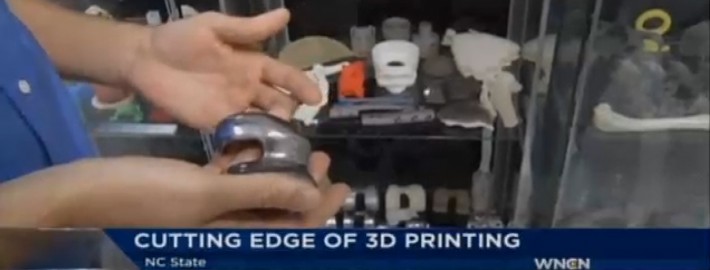
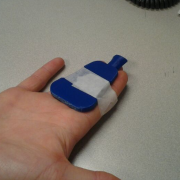
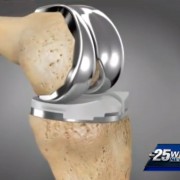

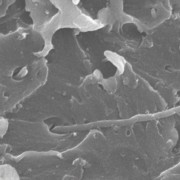
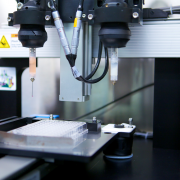
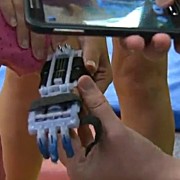
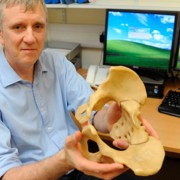
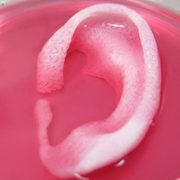



Leave a Reply
Want to join the discussion?Feel free to contribute!